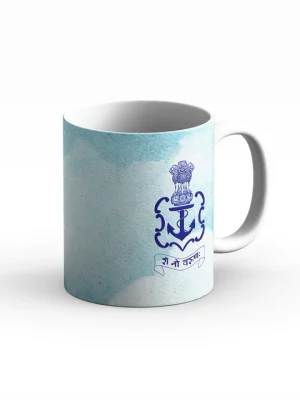India has launched an ambitious nationwide initiative to extract rare earth elements (REEs) from mining waste, after significant quantities of critical minerals were discovered in coal mine dumps. Starting this month, all mining operations across the country—across coal, mineral, and petroleum sectors—have been mandated to conduct tests on overburden, tailings, and other forms of mining rejects for the presence of critical minerals.
This sweeping move follows successful studies conducted at the Sathupalli and Ramagundam open-cast coal mines in Telangana, where 1 kilogram of scandium and strontium was found in every 15 tonnes of clay. The studies were carried out by the government-backed Non-ferrous Materials Technology Development Centre (NFTDC). The supply of these high-value elements from both mines is expected to begin in August, according to N. Balram, Chairman and Managing Director of Singareni Collieries Company Limited (SCCL).
Scandium plays a vital role in aerospace components, fuel cells, and high-performance sports equipment, while strontium is used in alloys, ferrite magnets, vacuum systems, medicines, and even cathode-ray tubes. The government’s focus is to improve resource utilization and turn previously ignored mining waste into strategic assets.
The directive is part of the National Critical Minerals Mission (NCMM), India’s strategic blueprint to reduce import dependence and enhance domestic supply of vital minerals essential for electronics, defense, green energy, and advanced manufacturing.
The exploration drive is being extended beyond mineral-rich zones to include all coal mines and even waste byproducts from the petroleum sector, government sources confirmed. The Centre has already mandated leaseholders of minor minerals to declare the presence of any associated critical minerals as part of its early 2025 reforms.
The initiative also responds to increasing concerns over global supply chain vulnerabilities. With China pausing REE exports, Minister of Commerce and Industry Piyush Goyal recently described the move as a “wake-up call” for the world. India is now actively exploring alternate sourcing avenues in countries like Australia, Argentina, Brazil, and Chile.
By unlocking value from waste and diversifying sourcing, India aims to secure its place in the global race for critical mineral independence.













